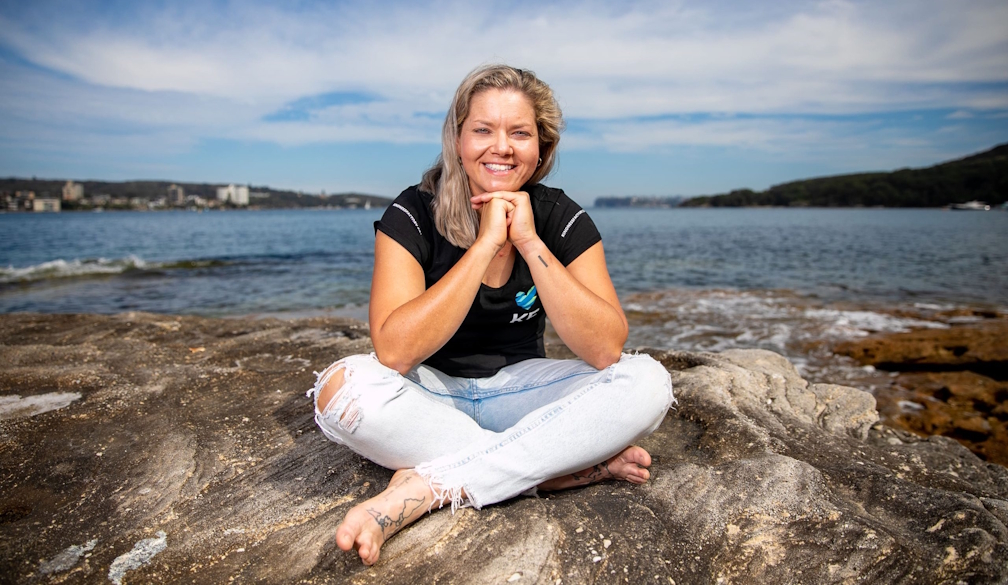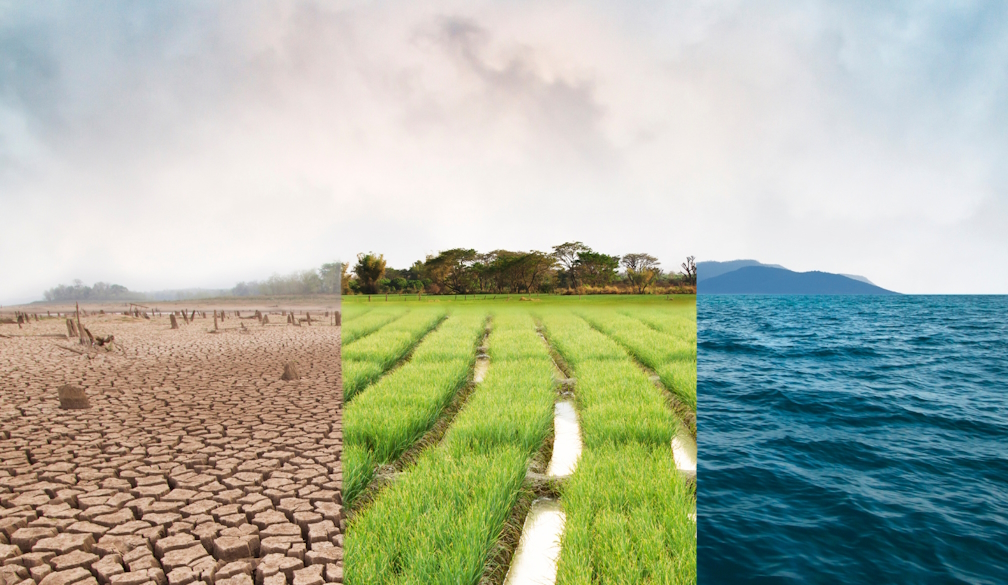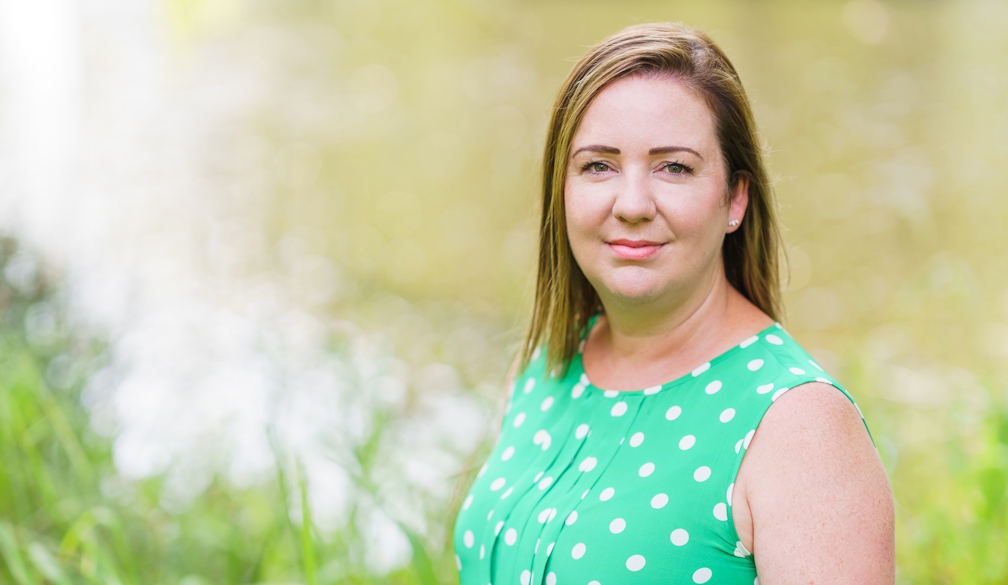AI Influencer Marketing: The Next Competitive Edge for Australian Brands

Influencer marketing has matured into a mainstream strategy in Australia, with sectors from fashion to fintech embracing creators as trusted brand partners. According to recent reports, the influencer marketing industry in Australia is projected to grow by over 20% annually through 2027, fuelled by consumers’ preference for peer-led recommendations over traditional ads.
But as the industry scales, challenges are mounting. Fake engagement, influencer fatigue, and rising campaign costs are putting pressure on marketers. The big question for 2025 is no longer whether Australian brands should use influencer marketing; it’s how to use it more effectively.
The answer lies in artificial intelligence (AI). By augmenting human decision-making with advanced data analysis, AI is transforming influencer marketing from a creative gamble into a measurable, performance-driven channel.
Why AI Is a Turning Point for Australian Influencer Marketing
For years, influencer marketing decisions were based on intuition, trend-following, or manual vetting. AI flips this model by analysing massive amounts of data to provide evidence-based insights.
Here’s how it changes the game for Australian businesses:
- Audience-first targeting: Instead of picking influencers purely by follower count, AI evaluates demographics, psychographics, and location alignment. For example, a Brisbane-based fitness brand can identify creators with local audiences, not just global followers.
- Fraud detection: AI detects suspicious spikes in engagement, bot-driven comments, and follower-buying patterns, protecting brands from wasted spend.
- Predictive analytics: Before committing budget, brands can forecast engagement rates and ROI based on historical performance and audience behaviour.
This shift from reactive to predictive marketing is why platforms like Hypefy are gaining traction in Australia. By embedding AI into every stage of the process, they allow brands to scale with confidence.
Smarter Outreach in a Crowded Market
Discovery is only half the battle. For many Australian marketers, the real bottleneck is outreach. Busy influencers receive dozens of pitches daily, and generic emails often go unanswered.
AI is changing outreach from a numbers game into a precision exercise. Advanced tools personalise at scale, optimising timing, tone, and content of outreach messages. They also track open rates, automate follow-ups, and centralise negotiations — reducing weeks of manual work.
For example, the Hypefy Influencer Outreach Tool helps brands not only find the right influencers but actually connect with them efficiently. In a market as competitive as Australia’s, speed and professionalism in outreach can mean the difference between securing a partnership and being ignored.
Do Agencies Still Have a Place in the AI Era?
Australian influencer marketing agencies have long been valued for their creative input and relationships. But their traditional retainers and percentage-based pricing often lack transparency, a growing concern for cost-conscious businesses.
AI doesn’t eliminate the need for agencies, but it does change their role. Instead of spending hours on manual tasks, agencies can focus on strategy, campaign design, and brand storytelling while letting AI platforms handle execution.
For companies wanting both options, the Hypefy Influencer Marketing Agency Australia offers a hybrid model. Brands gain access to local expertise and strategic guidance, supported by AI-driven tools for influencer discovery, outreach, and reporting. It’s a model designed for flexibility, something Australia’s mid-sized businesses, in particular, are demanding.
The Broader Impact: How AI Will Reshape the Influencer Economy in Australia
AI in influencer marketing isn’t just about efficiency — it’s about shaping the future of the creator economy itself. Some of the trends we’re likely to see in Australia over the next few years include:
- Rise of micro and nano-influencers: AI makes it easier to identify smaller creators with high local engagement, giving Australian SMEs new growth opportunities.
- Dynamic pricing models: AI will standardise influencer pricing, helping brands and creators negotiate fairer deals.
- Integration with retail and e-commerce: As AI tracks conversions in real time, influencer marketing will move closer to being treated like performance advertising.
- Shift in agency roles: Agencies will pivot from campaign managers to brand strategists, while AI platforms take over the operational heavy lifting.
The end result is an industry that’s more transparent, data-driven, and accessible to businesses of all sizes, from startups in Perth to established retailers in Sydney.
The Road Ahead
AI won’t replace the creativity, storytelling, or human connection that make influencer marketing effective. What it does is remove the inefficiencies and risks that have long limited its potential.
For Australian brands, the message is clear: those who adopt AI-powered influencer marketing early will not only save time and money but also build stronger, more authentic relationships with their audiences.
Platforms like Hypefy are leading this shift, proving that when technology and creativity come together, influencer marketing becomes not just an advertising channel but a true growth driver.


















